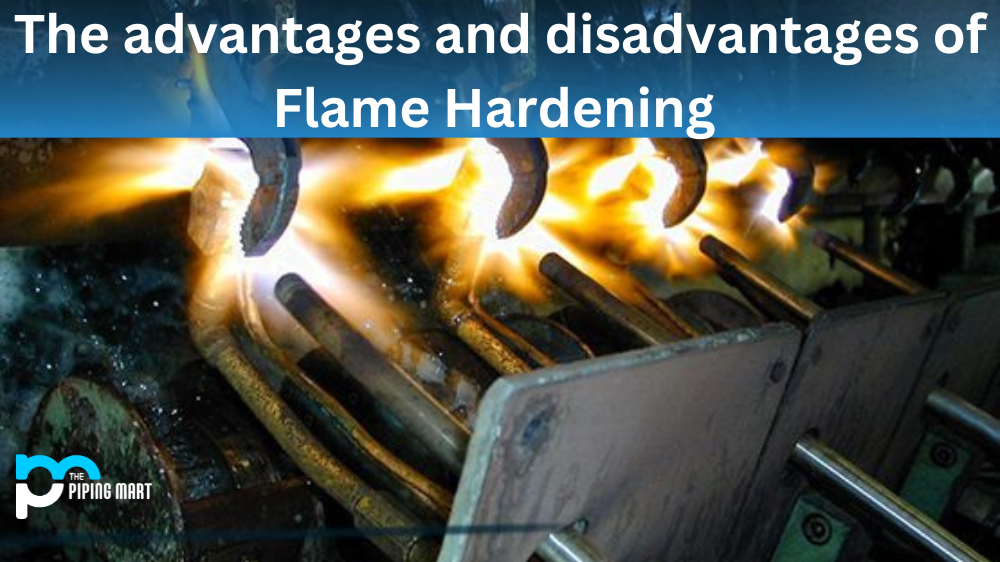Butterfly valves are rotational motion valves with a quarter-turn rotation that are used to stop, regulate, and start flow. Butterfly valves are easy to open and close. A 90° rotation of the handle completely closes or opens the valve. Large Butterfly valves are usually outfitted with a gearbox, which connects the handwheel to the stem via gears. This simplifies the operation of the valve, although at the expenditure of speed.
Types of Butterfly Valves
There are 3 types of Butterfly valves and they are: –
Zero Offset Butterfly Valves
A zero offset butterfly valve’s stem passes through the centerline of the disc, which would be focused in the seat; everything is mainly focused within in the valve body. When the valve is closed, the valve body, seat, and disc all lie concentrically. The disc rotates on its central axis, allowing for a 3600 rotation. The flow is divided into two halves on each side of the disc when it is fully opened, and the disc is now parallel to the flow. Because the seat covers the valve body, the flowing media does not come into contact with it.
Zero offset butterfly valves have resilient soft seats because they rely on the soft seat’s flexibility and deformation during sealing. As a result, the disc edges slide onto the seat, resulting in complete friction between them during the operation. This shortens the service life of the valve. Because the design necessitates the use of a polymeric or elastomeric material for the seat, it is limited to lower pressure and temperature ratings. Butterfly valves with zero offset are used in liquid and gas pipelines with pressure and temperature ratings of 250 psi and 4000F, respectively.
Double Offset Butterfly Valves
In double offset butterfly valves, the stem axis is offset behind the seat and body centerlines (first offset), The stem axis is then moved further away from the valve’s vertical centerline (second offset) (second offset). When the disc is opened, the seat is lifted away from the seal, reducing friction during the first and last 10 degrees of valve opening and closing. As a result, the valve operates more smoothly, has a better sealing capability, and has a longer service life than a zero offset butterfly valve.
Double offset butterfly valves, like zero offset butterfly valves, have a soft seat. They come in moderate pressure and temperature ratings and can withstand higher pressures and temperatures than zero offset butterfly valves in liquid and gas pipelines.
Double offset butterfly valves are commonly found in water treatment, wastewater treatment, HVAC, and fire protection systems (e.g., fire sprinklers). The amount of soft seat material is reduced for increased temperature resistance by backing it with a layer of metal.
Triple Offset Butterfly Valves
In addition to the first two offsets, triple offset butterfly valves have an angular offset in the body sealing cone axis (third offset). This is accomplished by combining the seat’s right-angled conical profile with a matching profile at the disc edge. This offset eliminates contact between the seat and the disc during valve opening and closing, thereby eliminating friction. Contact occurs only when the butterfly valve is fully closed; this also acts as a mechanical stop to prevent the disc from rotating any further.
Metal seats are required for the design of triple offset butterfly valves. Metal seats, which are tougher and more rigid than soft seats, can withstand high temperatures and fluid pressures, reducing valve wear. The seats provide sealing, ensuring that no fluid escapes from the valve. Triple offset butterfly valves last longer than zero offset and double offset butterfly valves.
Triple offset butterfly valves are ideal for dealing with high-pressure and superheated steam, high-temperature liquids and gases, and corrosive chemicals that soft-seat butterfly valves cannot handle. These valves are commonly found in power plants (for example, on-and-off boiler valves), oil and gas processing, chemical manufacturing, pulp and paper manufacturing, and offshore pipelines.

Pipingmart is B2B portal specializes in industrial, metal and piping products. Also, share latest information and news related to products, materials and different types grades to help business dealing in this industry.




